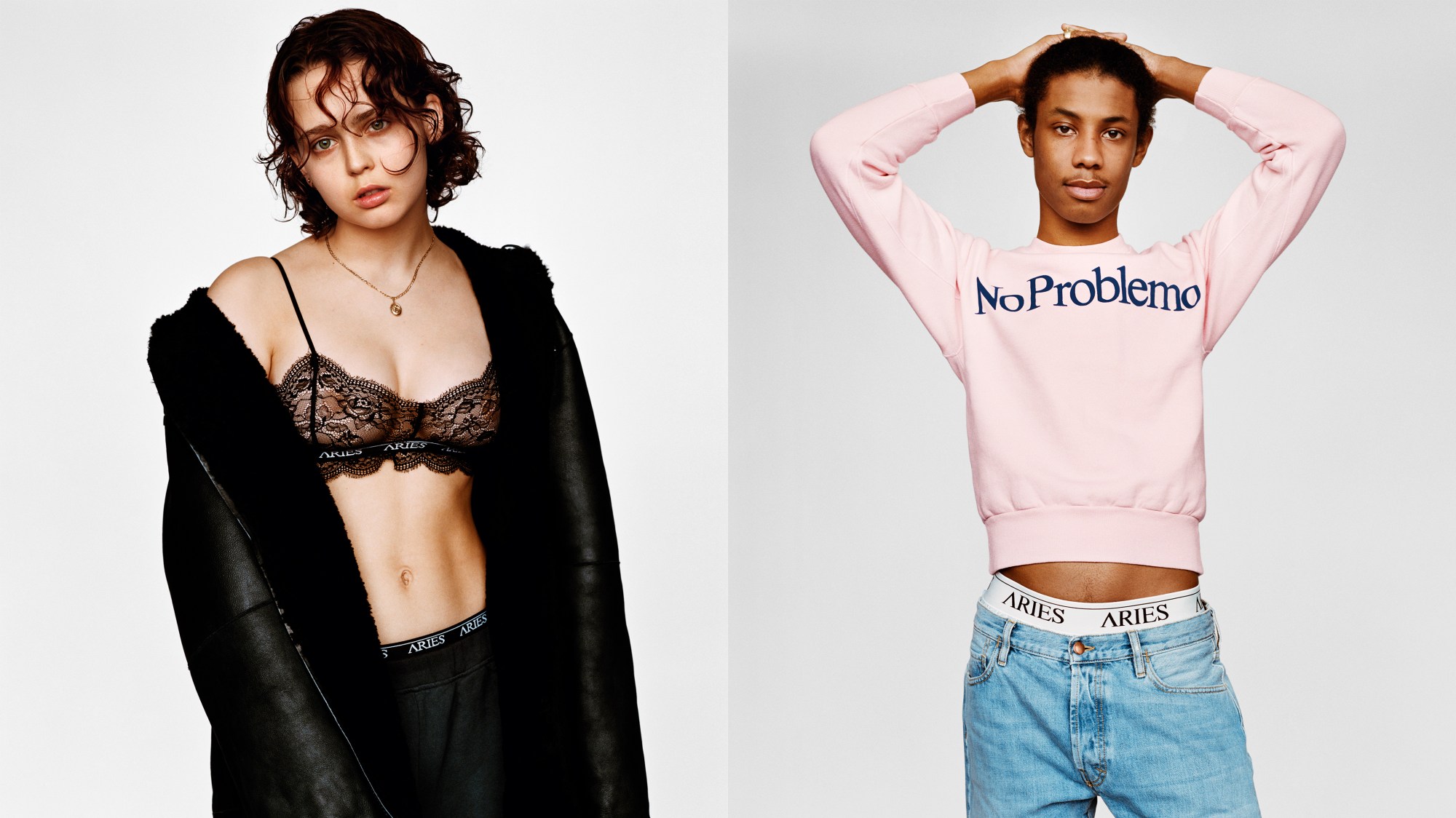This article appears in i-D’s The Homegrown Issue, no. 355, Spring 2019. On newsstands from 25 February. You can pre-order here.
It’s a freezing cold January night and hundreds of kids are queuing down the Strand and around the block to see what Sofia Prantera of Aries, Jeremy Deller and David Sims have conjured up for Wiltshire Before Christ, their joint exhibition and launch party for their Stonehenge-celebrating merch line. “Built by immigrants” they suggested, on a T-shirt featuring a kitschy comic book flying saucer beaming Stonehenge into place. A jokey reference to all those acid-fried, alien builders from outer space conspiracy theorists. A T-shirt totally indicative of why Aries is so well loved for its sense of humour, for its ease, for its joy. What Sofia has done with Aries, over its nine years of existence, is create a brand that is incredibly relevant for right now, finely tuned for exactly what people want. It mixes fashion and streetwear in the way that most people mix fashion and streetwear right now. It effortlessly blurs the gender fashion binary in the way that most people blur the gender fashion binary. It is funny and clever and, most importantly, it feels sincere. It’s grown from Sofia experimenting with dyeing and cutting up clothes at home but retained its roots, that personal charm and intimacy.
This collaboration, between Sofia, Jeremy, and David, encapsulated all that, and found a satirical political edge too. Between these druids, aliens and pagans, from the comically erect penis of the Cerne Abbas Giant to the community that formed around the Stonehenge Free Festival raves in the 80s, Wiltshire Before Christ turned Stonehenge into a space for protest against the world of rising borders and heightened chauvinism we live in. It conjured up a utopia formed between the dumb beautiful joy of rave’s classless coming together and a mythic pre-Christian, pre-national past. Stonehenge for everyone! Rather than as a proscriptive symbol of Jingoistic British Brexitism like the White Cliffs of Dover.
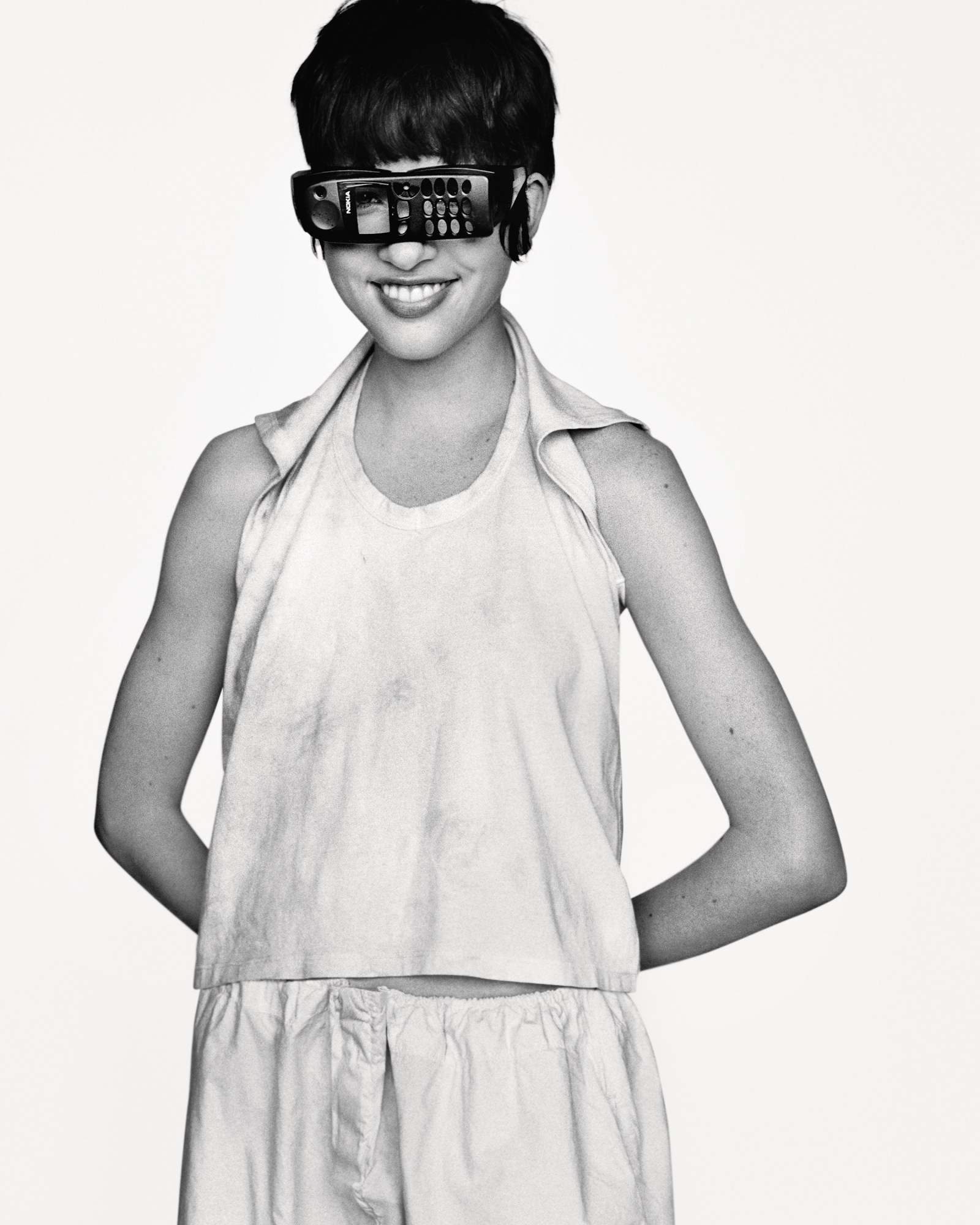
“At the time we kind of believed that rave was the real inheritor of punk,” Sofia explains over breakfast one morning in north London, a few days after the launch. “But the press saw it as this very empty movement with no politics and no manifesto, just hedonism. But it did have politics, because it changed the way kids gathered, changed the way people met, it allowed people from different social groups to come together, but because I grew up in Italy, I didn’t quite understand it at the time.” Sofia grew up in Rome to an Italian father and an English mother. Her mum came back from a trip to London with some prospectuses from Saint Martins and some copies of i-D and The Face, and Sofia discovered that there was a whole other world out there. “Rome is quite provincial in its outlook, and it showed me that a different way of life existed, and I wanted to experience it.” So Sofia moved to London and started at Saint Martins just as rave culture exploded through clubland.
“I remember going to Shoom for the first time dressed in head-to-toe Galliano – he actually taught me when I was at Saint Martins – Michael Clark and Leigh Bowery were there, lots of people were on drugs and I was this little kid who’d just arrived in London from Rome. I had no idea what I was experiencing, but something was in the air, and at that moment everything changed for me. I stopped wearing make-up and started exclusively wearing jeans and T-shirts. I was talking to Jeremy Deller about this too, he experienced the same thing, we were all embracing and living this new movement even as we were trying to make sense of what it meant.”

Rave changed fashion too, if not the fashion industry. Sofia had been making her own clothes obsessively since childhood, but at Saint Martins she never quite found her place. She was into “sportswear in a very Italian way” and the tribal fashion codes of subcultures. But both of these things traditionally and stereotypically read as male and masculine, and Sofia couldn’t quite work out how to translate all these interests into her womenswear course. “I felt incongruous, a little misunderstood, and not just by Saint Martins, but by myself. I couldn’t find a way into it, and it’s only really with Aries that I’ve found it. It’s only now that my fashion sense suits what is going on in the world. It never did before. Not necessarily because I was ‘ahead of the time’, but what I was doing before just never married well with the idea of what women should wear, or how women should portray themselves in the world.”
It’s been a long and winding road from Saint Martins in the early 90s to founding Aries in 2010. Her first stop after graduating was Slam City Skates, where she launched a short lived in-house skatewear brand with the iconic skate shop. Slam City at the time was a hive of wild activity and co-operative community – it was a “breeding ground for creativity.” Slam City introduced Sofia to a world that she felt at home in and people who understood her approach to fashion and design. “I made almost all of my friends at Slam City,” she says, before reeling off a who’s who of London’s streetwear heroes. It was there she met artists like Ben Sansbury, Will Bankhead, James Jarvis and Fergus Purcell, people she continues to collaborate with today, who were hanging around or working in the Slam City shop at the time. David Sims was running a surf shop next door. Sofia remembers seeing the Beastie Boys play an instore show at Rough Trade Records, which was in the Slam City basement at the time. “It was a fun moment to be young and growing up in London,” she says. “It was really where I belonged. Everything that happened before, even with rave – which I was part of in some way – felt different. This was something I had initiated, something I totally felt a part of, that I understood. I got it.”
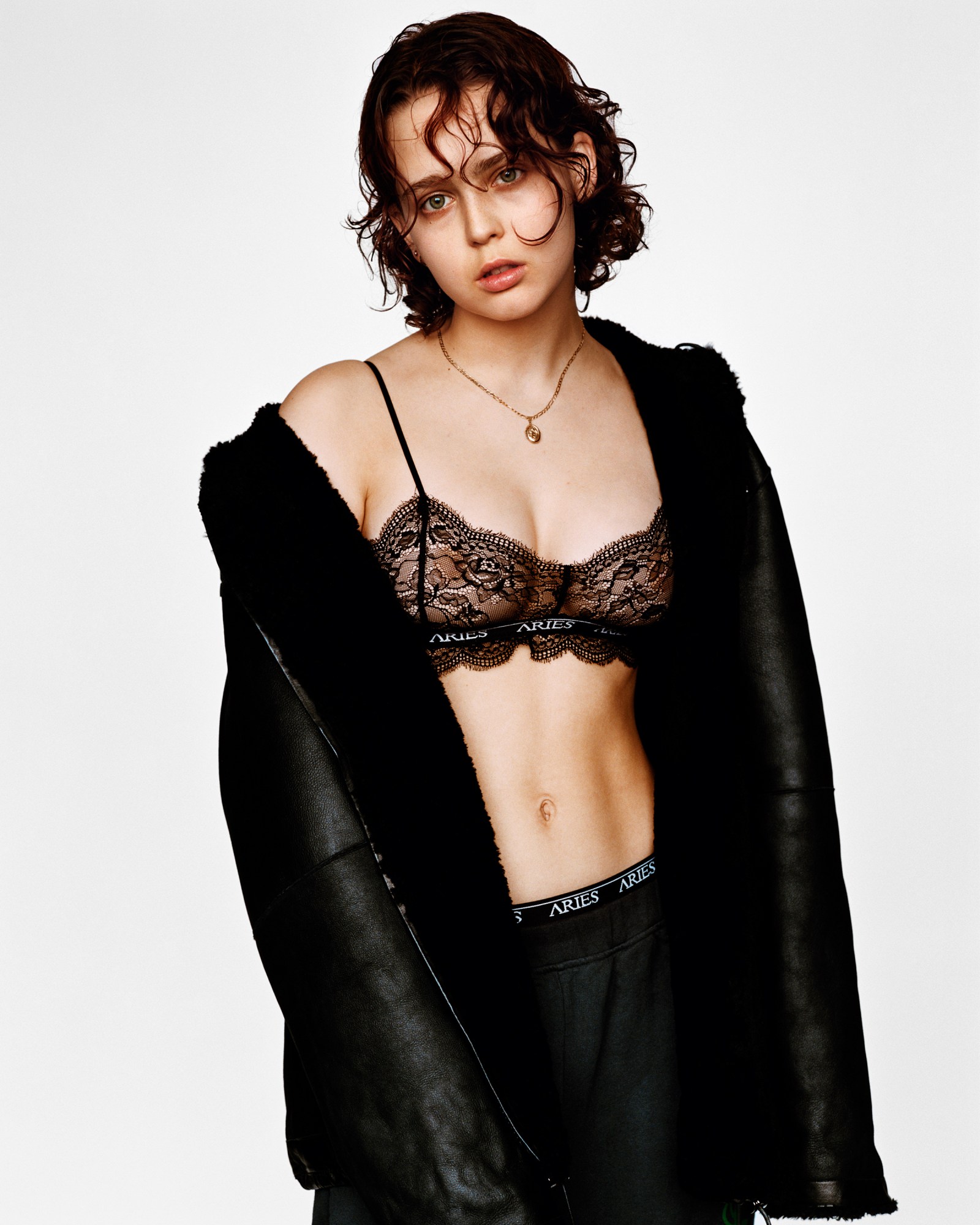
The label finished after they’d done one collection as the skater who part owned it left. Sofia lived near the shop at the time, so just carried on coming in. “Slam was an amazingly dysfunctional company, in this way that companies can’t be anymore. They never really addressed the fact that I didn’t have a job, so I just hung around.” Eventually Russell Waterman decided they should start a new label, and they called it Holmes. Ben Sansbury and Will Bankhead did a lot of the graphics. “They really shaped a lot of streetwear’s visual identity with their work without being massively well known. People are still ripping off the things they did 10 years ago.” But Russell, who was the label’s business-brain (he already had three kids at 23 and was trying hard to earn some money) realised they would never make any proper profit working under Slam City. So they spun Holmes off into Silas, and Michael Kopelman of Stüssy and Gimme Five introduced them to a guy called Ken Omura in Japan who had been working with Supreme. It was Ken who invented and pioneered the drop model of production and distribution, and helped build Silas along those lines.
Silas lasted for about eight years, growing into a much loved cult streetwear brand. It was very English during a time when a lot of streetwear was very American, and stood out for it. It was during that time that Sofia had her first child. “At first I thought I could run a business and be a mother,” she says, “But the way I wanted to be a mother was going to piss off everyone who I was working with. Russell was amazing about it all, and when I got pregnant with my second child, he was just like ‘Do you really want to do this anymore?’ I’d had enough. I just decided I wanted to be a mum for a bit. And I was a mum in a way I never thought I would be. I became a very Italian mum. I still am actually. My second child was born in 2006, and I just needed a break. We had enough money in the company to pay everyone a year’s salary. So we closed it down. We ended on a high.”
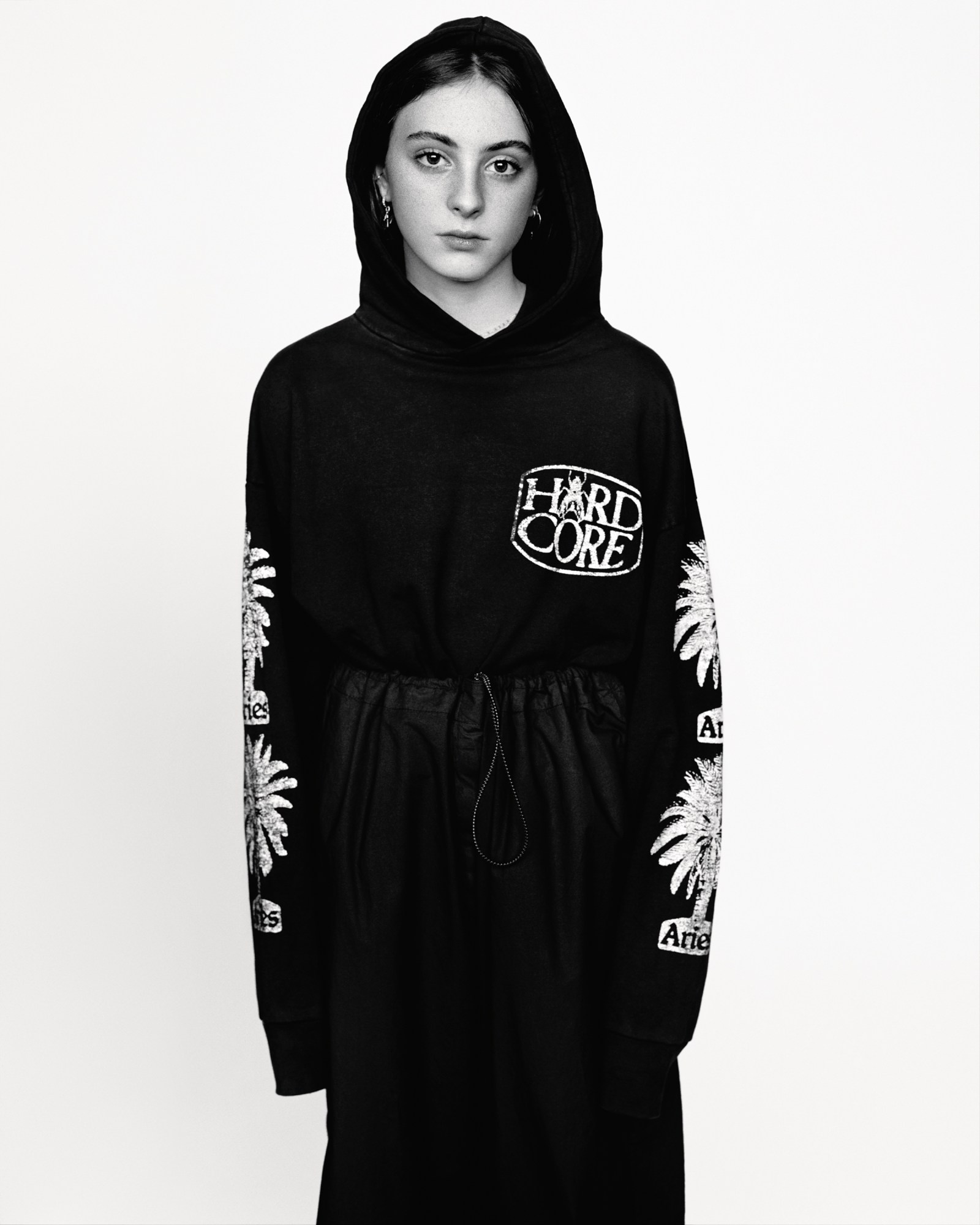
“What dawned on me as soon as I stopped is that when you lose a brand you lose a vehicle for your ideas. I was never interested in doing anything under my own name, I’m not interested in my own profile at all. I don’t think I work well on my own. I never wanted to be a designer in that traditional way – I just want to explore new things and collaborate with people. Silas had allowed me to do that. It fuelled my social life, it fuelled how I lived. I’d always been ‘Sofia from Silas’. After I gave birth to my first child I panicked, I thought I’d lost my identity. I’d never planned to be a mum and then suddenly I embraced it, this whole new life. But I realised I’d lost this thing, Silas, and I didn’t have a vehicle to work anymore. So me and Ferg just started working together.” And from that Aries was born in 2010.
Streetwear might be the dominant form of fashion expression right now, but around 2010 it was considered dead, more or less. And streetwear aimed specifically for girls, that incorporated elements of high fashion? Aries dropped into a market that didn’t exist. And for the first few years no one really understood it. But the sparks of the streetwear revival were there, it just hadn’t ignited yet. Palace had just been launched, Supreme was making a comeback. But what Aries were doing wasn’t as straightforward that. They mixed together the simple boldness and humour of Ferg’s graphics with more complex silhouettes, luxurious materials sat alongside the cheap and prosaic. Sheepskin coats and silk tops and hand painted Gildan T-shirts.
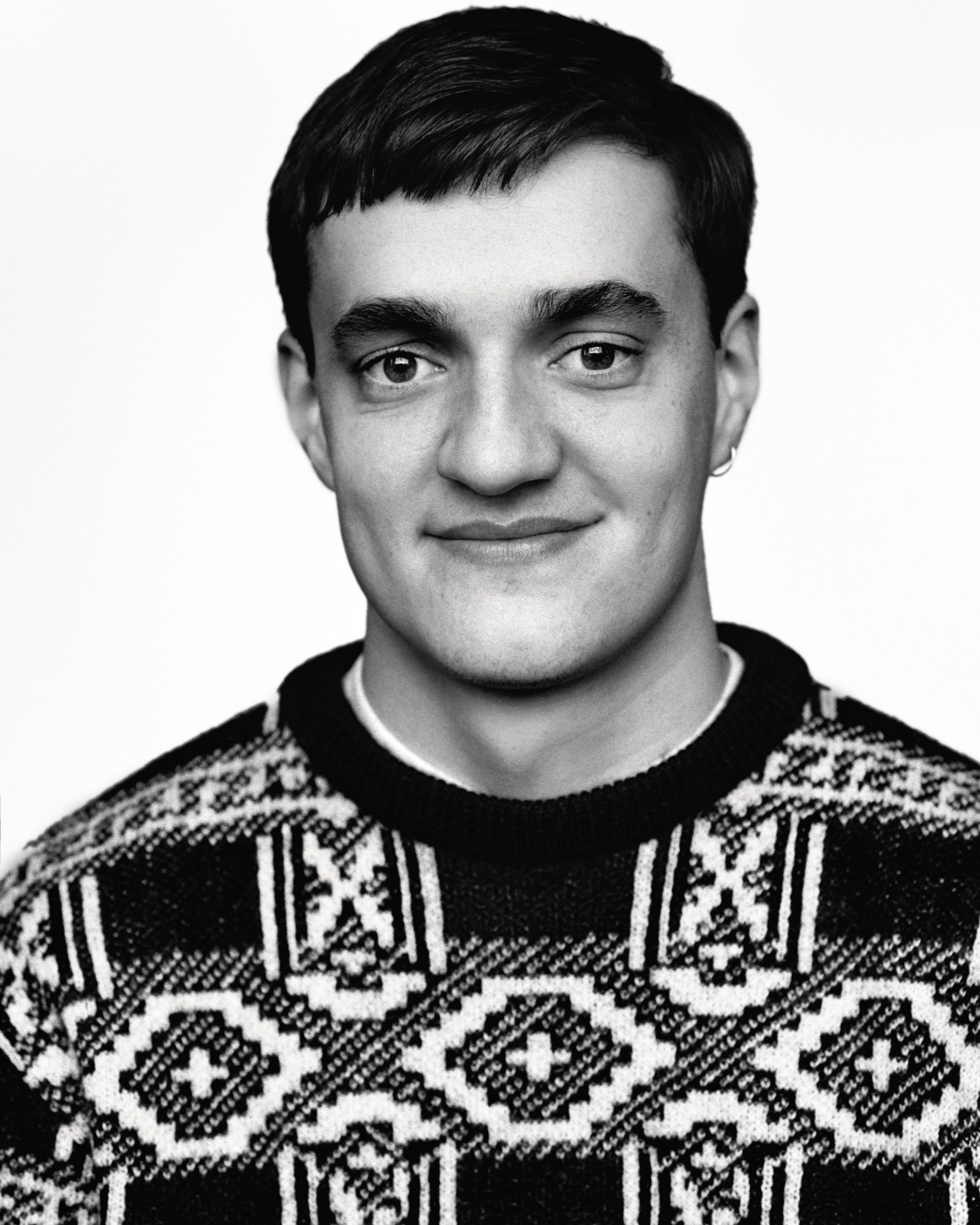
“When we showed the first collection to buyers in Paris, everyone said ‘Streetwear is dead, no one wants this!’ But Ferg and I both felt that it wasn’t dead. It was coming back, just maybe the fashion industry hadn’t realised yet.”
No one really understood what Sofia and Ferg were up to, except maybe for Luca Benini of Slam Jam in Milan, who became an early supporter of what Sofia was doing. No one else was doing anything like Aries, and so there was a space for them. They had such a strong concept, right from the beginning Aries arrived almost fully formed, it was just waiting for people to discover what Sofia was doing, it spread by word of mouth. The ‘No Problemo’ slogan that so wonderfully encapsulates the brand’s attitude, was there right from the start. As was the perspective and concept, which was equal parts rugged and soft. Like Silas the label has a cheeky, very British sense of humour. It’s lack of exact, easy, definition has stood the label in good stead in the long term, even if proved difficult at first.
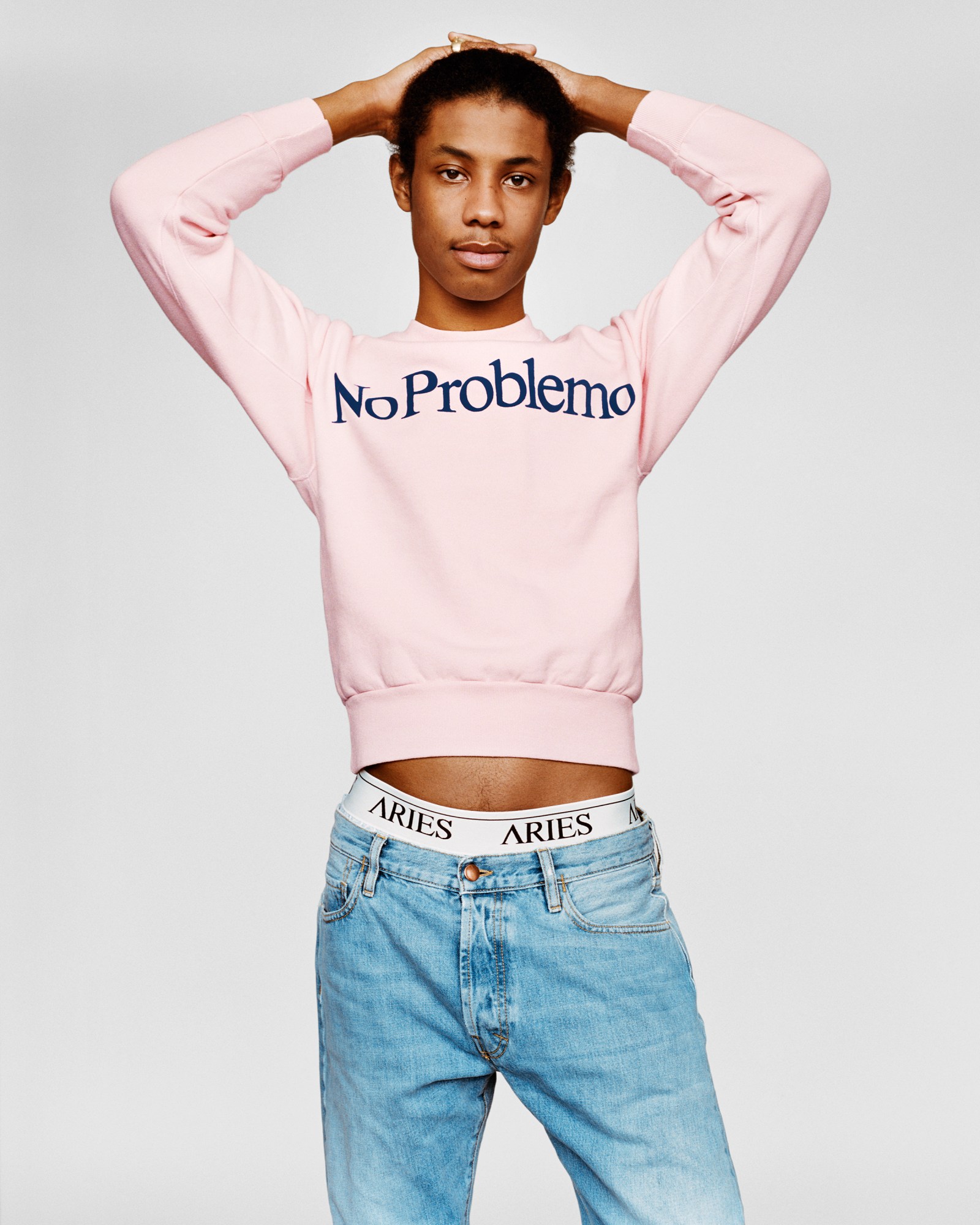
“If what we did then wasn’t as clear, I think it was because I didn’t have the mental strength, the arrogance, really, to define it aggressively. I’d spent the last seven years looking after my children, not putting myself out there. You come back, you’re older, more fucked up, more tired, you have more responsibilities. No one talks about it, but it’s true. It’s terrifying. You have to have courage.” But Aries has become the most covetable, most wearable, most enjoyable of brands, precisely for all that which has gone on. It feels human and friendly and approachable as well as being interesting, cool and sexy. It helps too that the current generation don’t really give as much of a shit as the one before about gendered dressing. What made it difficult to sell at first has become its strength, which is its flexibility. These things usually always work the other way round. Streetwear is designed for men, and girls wear it. With Aries it was refreshing to see men being forced to make that similar effort to cross the gender binary. It was the girlfriend jean instead of the boyfriend jean. It had a feminine edge that made it stand out. It was that that saw it adopted into fashion and wider culture, that now means Aries can collaborate with the likes of David Sims, Jane How and Jeremy Deller.
And now, like Slam City, or like rave, Sofia has built a community around what she does, a world around her brand. It’s happened naturally too, it hasn’t been manufactured. “Collaboration is such an overused word, or even concept. But everything has been organic. I love this way of working. The artists that I work with aren’t just one-off collaborators, they have a role in Aries as a whole. These are my friends, it’s not a quick meeting over a coffee, it’s something that comes together naturally from being friends, over years. It’s my life, and what inspires me. I think that’s my main goal with Aries, to have something that can help me live the way I want to live, rather than doing something that kills me.” And Aries, with their real, non-conformist, sincere and beautiful world, is one that’s giving us life, too.



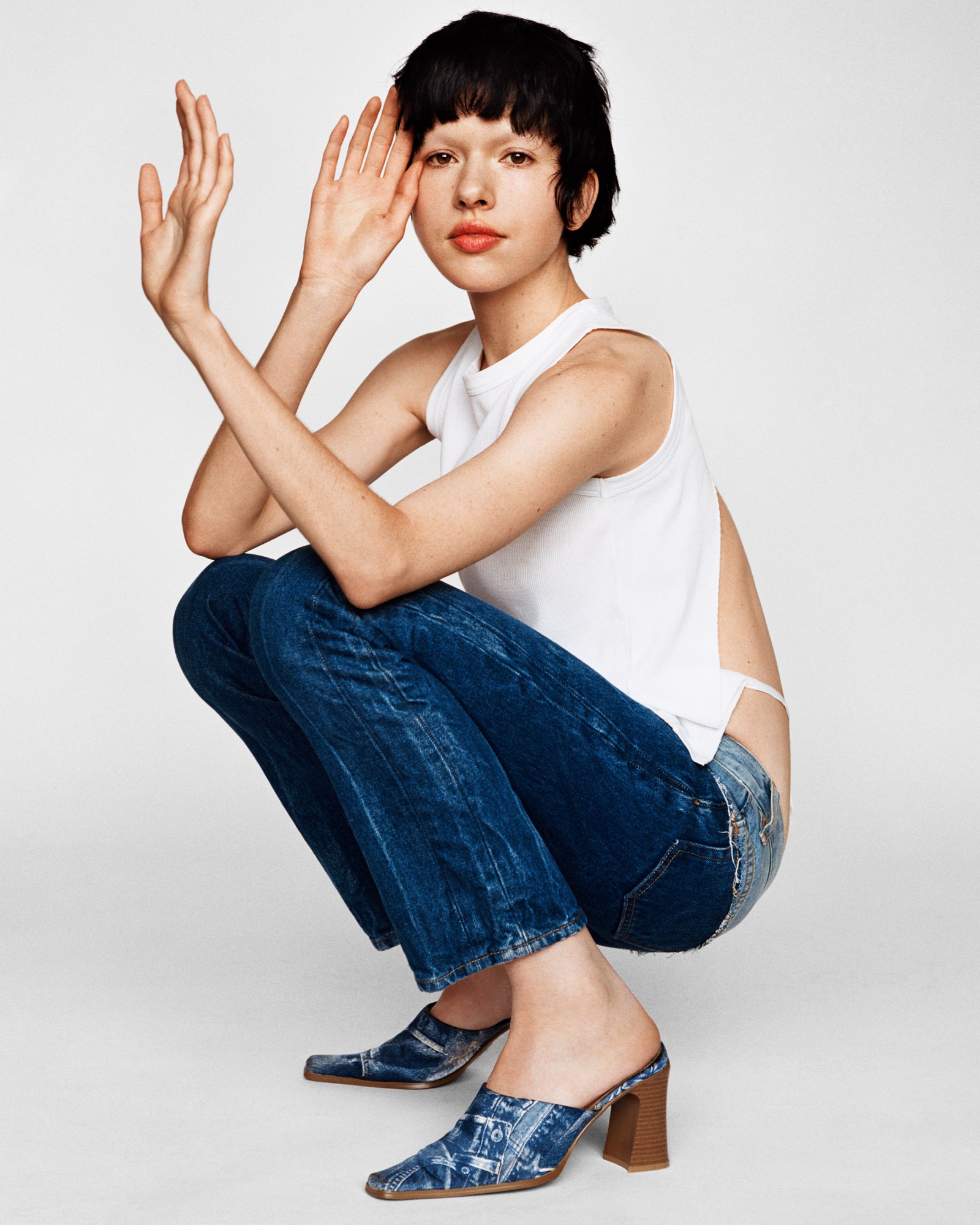
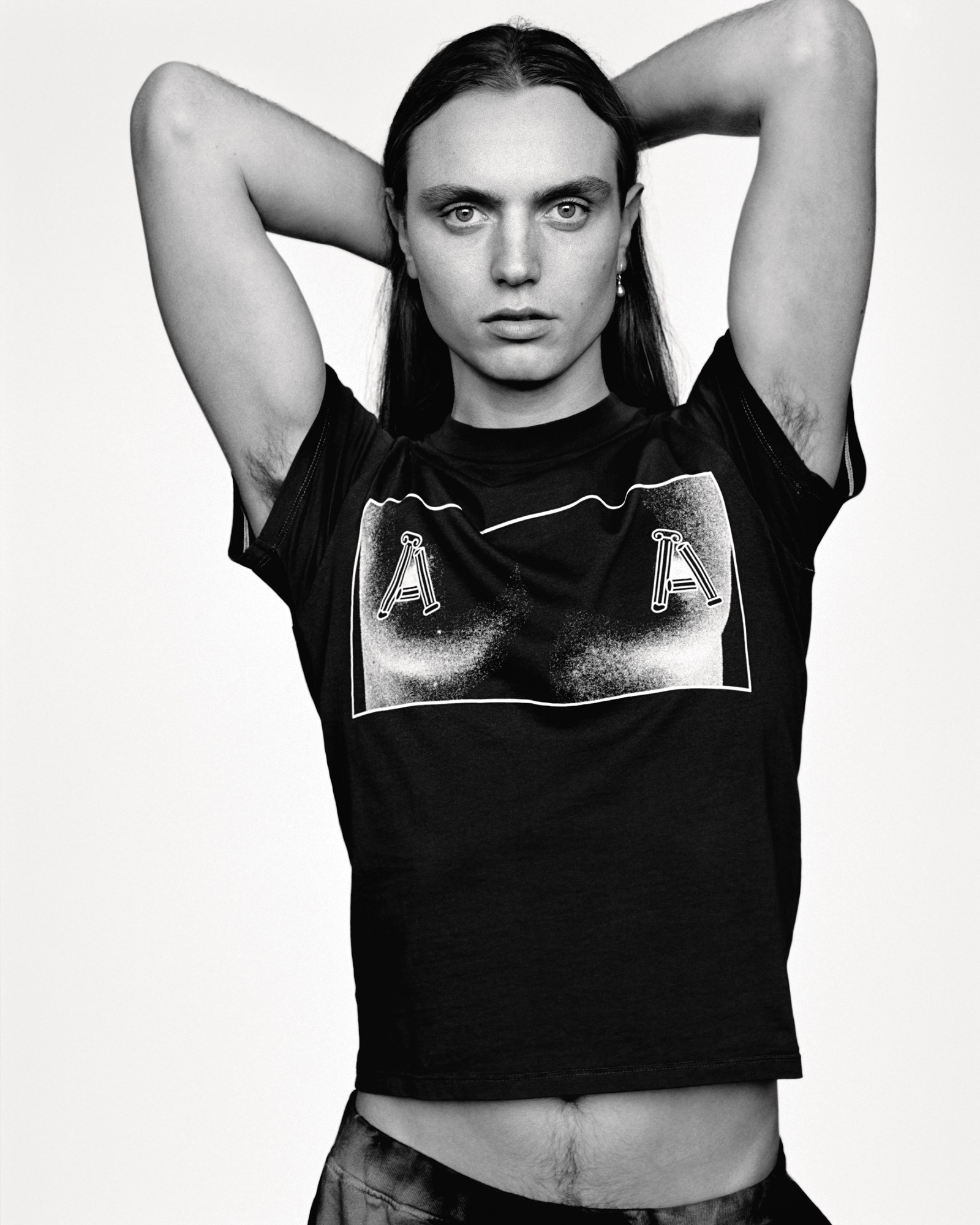

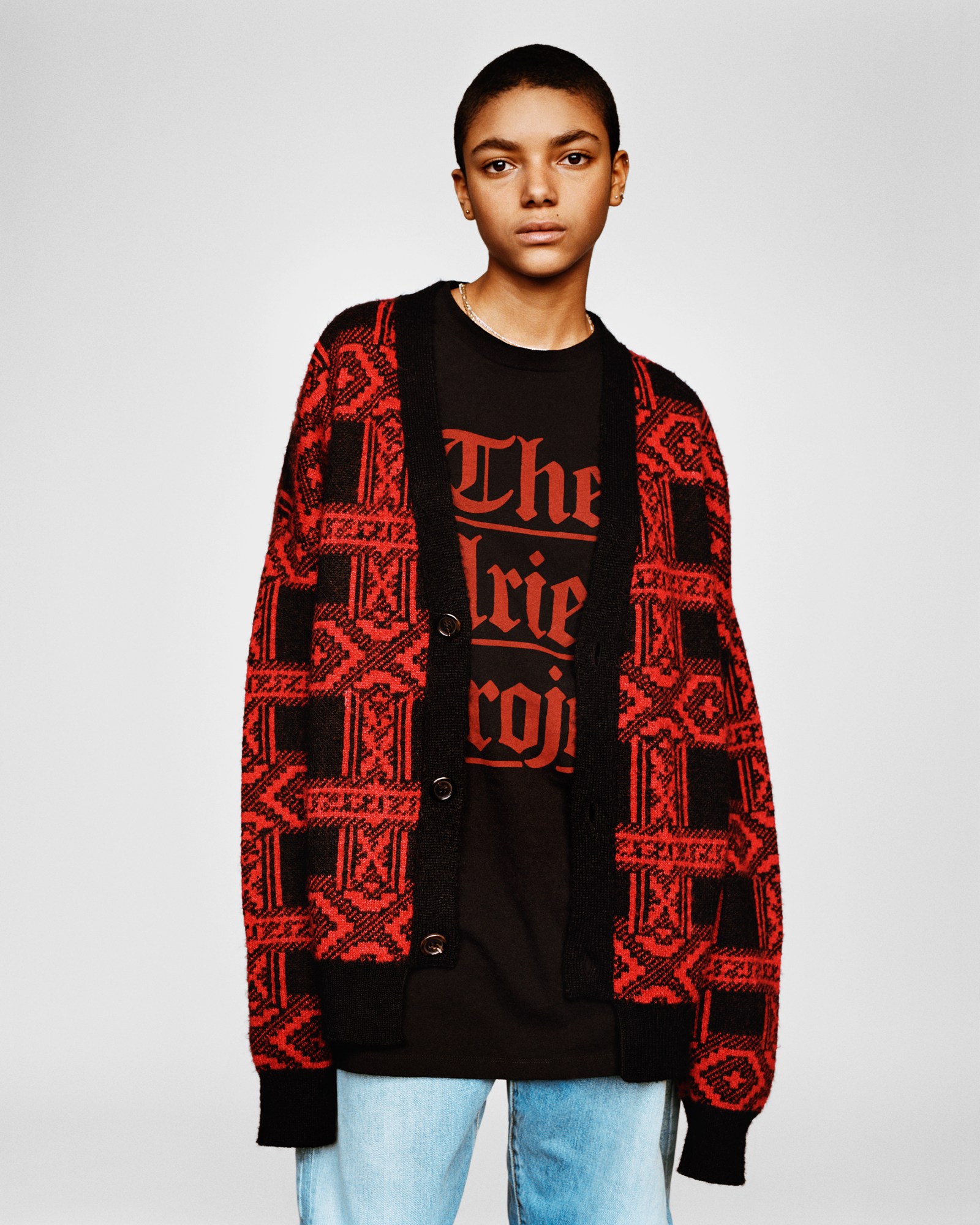

Credits
Photography Alasdair McLellan
Styling Jane How
Hair Eugene Souleiman at Streeters using WELLA PROFESSIONALS. Make-up Lauren Parsons at Art Partner. Nail technician Lorraine Griffin. Colourist Rute Jay. Photography assistance Lex Kembery, Simon Mackinlay and Peter Smith. Styling assistance Elle Britt and Tom Grimsdell. Hair assistance Pablo Kumin and Stefano Mazzoleni. Make-up assistance Anastasia Hess and Eddy Liu. Nail assistance Charly Avenell. Production Ragi Dholakia. Production manager Claire Hush. Production co-ordinator May Powell. CASTING LETIZIA GUARINO. Models Edward Pooley. Hetty Douglas. Iris Dubois at Premier. Jacob Nicholson. Kasper Kapica. Marco Torri. Martina Boaretto. Maxwell Lang. MILou Battien. poon. Rohan Manderson. Suzi Leenars. Models wear all clothing, sunglasses and socks Aries.
